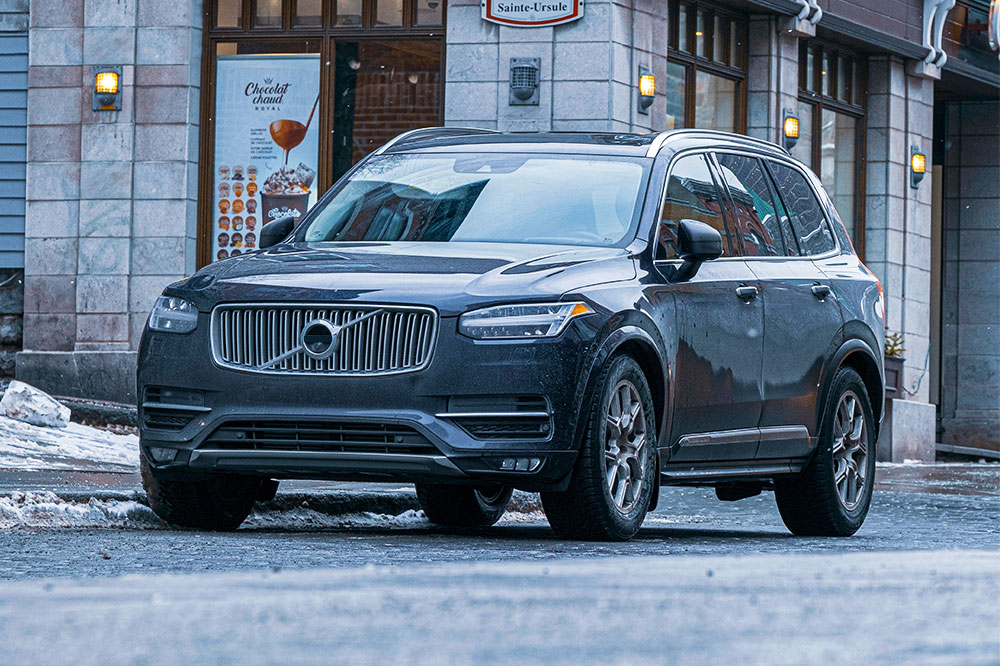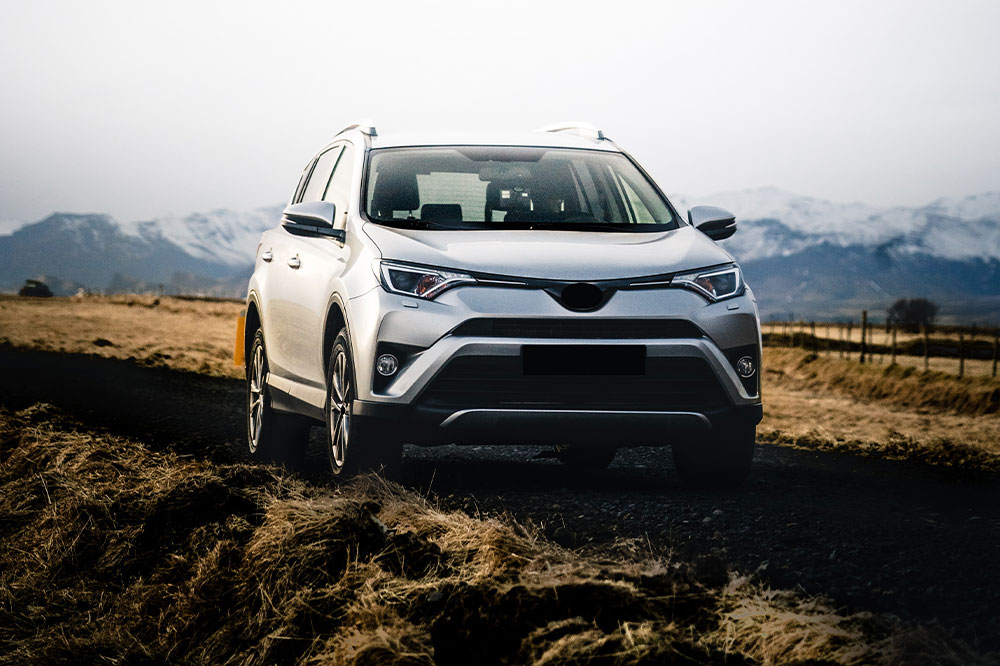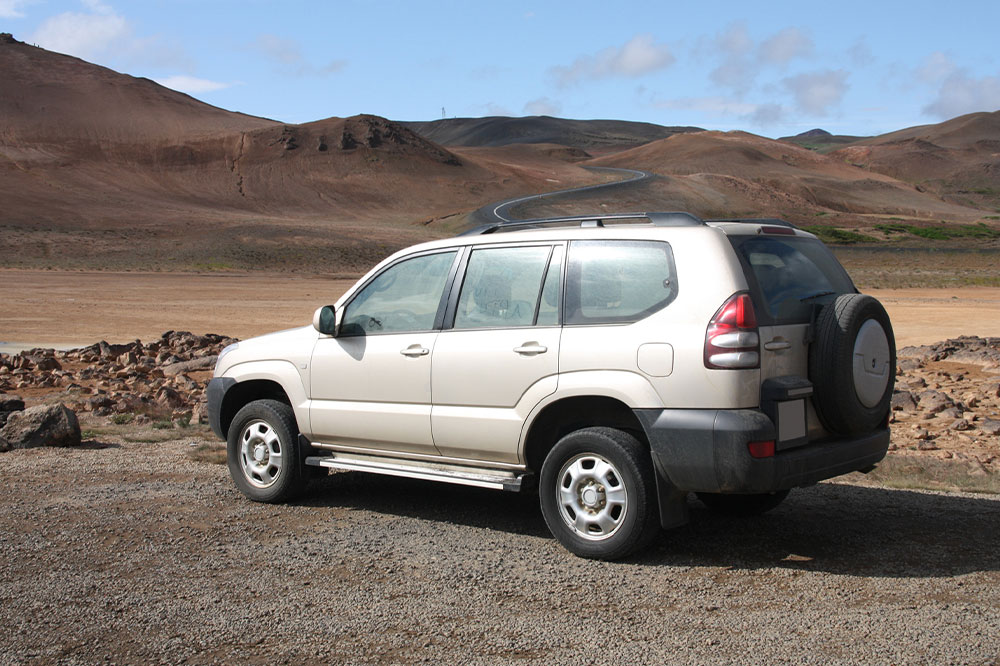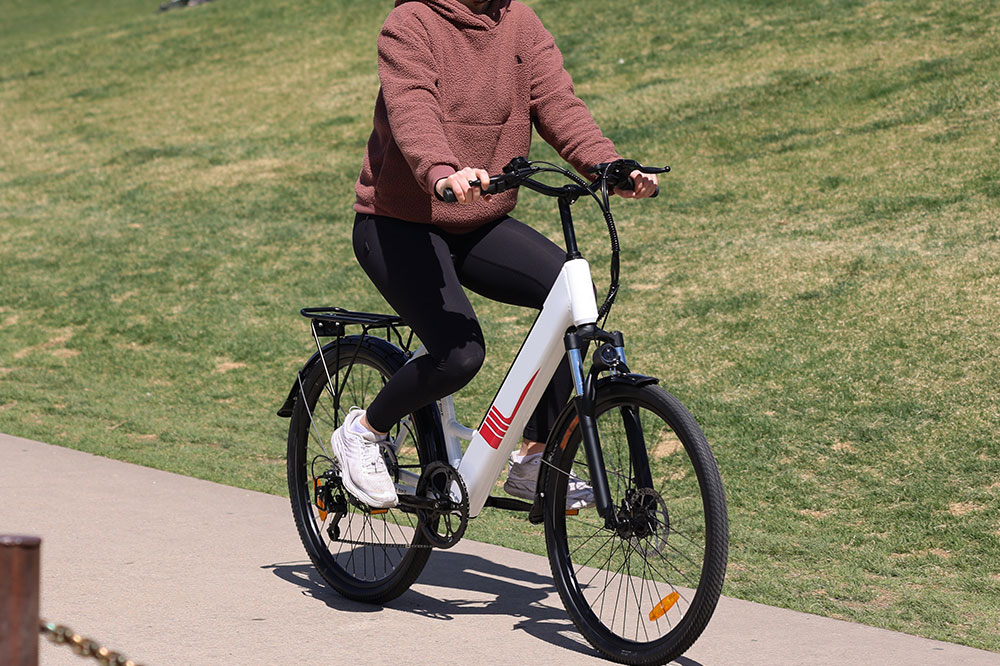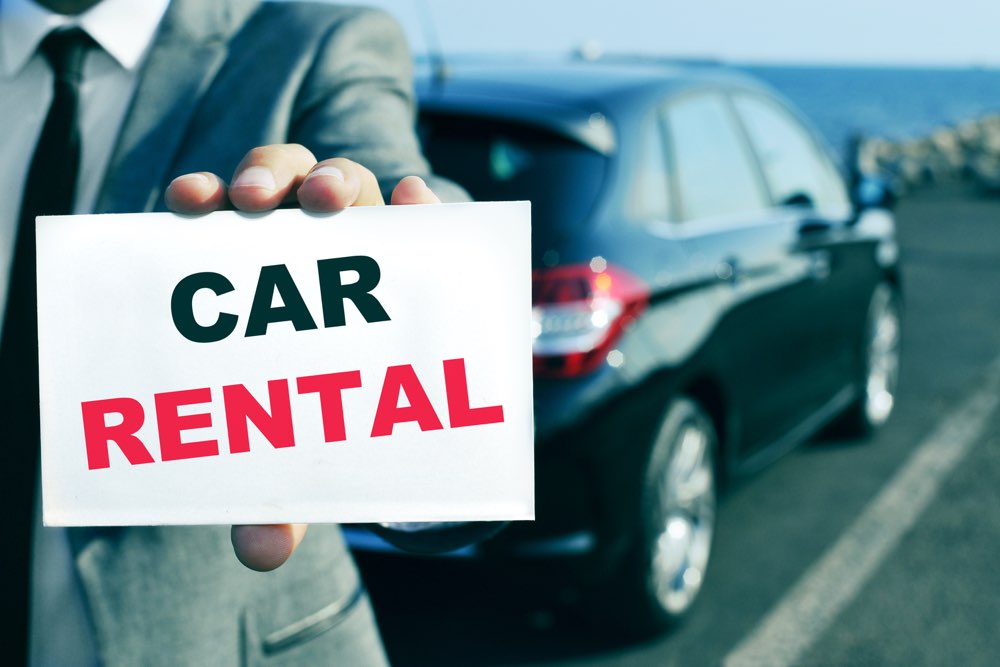
Enjoy lease deals on these new Volvo cars
Volvo’s recent car launch includes the new S60 and XC90 and these are currently available on lease. The automobile company offers monthly payment at low rates, which means you can drive the top-tier models without having to shell out a lot of money. Leasing a car is a good option for short-term use or to write off tax. With a Volvo, you’ll also enjoy great features, which is a plus. Take a look at the following Volvo cars and new lease deals available. XC90 T5 FWD Momentum The powerful and angular XC90 is available for a monthly payment of $579. It comes with front park assist, wireless charging, and other standard Volvo features, which make it a well-rounded car to have. The lease deal includes destination fee and a lease bonus application of $1800, which is like a prepayment for future charges. You are required to pay $4,979 at signing. You can contact an authorized Volvo retailer to avail of this new Volvo lease deal. S60 Recharge R-Design Expression For a versatile hybrid sedan, go for the S60 Recharge that has a lease deal of $419 per month. Similar to the XC90, the price is inclusive of destination fee; however, in this deal you will get a $6,750 lease bonus application.
Read More 